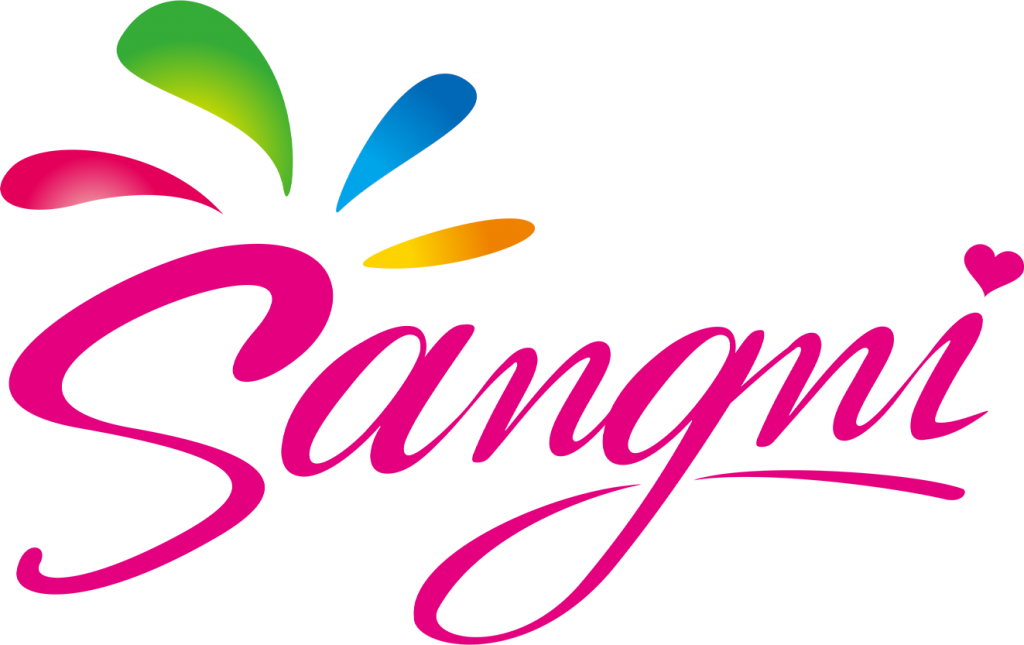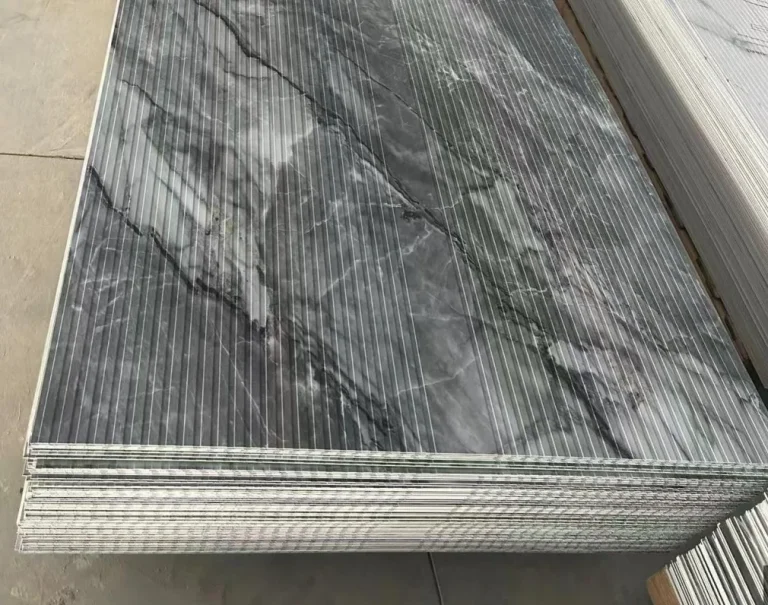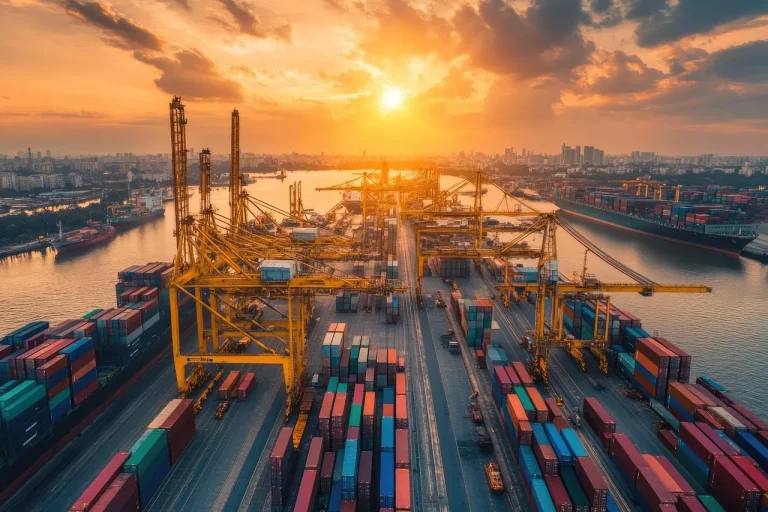Why Source Kitchenware from China in Today’s Global Market?
What Makes China a Leading Hub for Kitchenware Manufacturing?
China is a top spot for making kitchenware. It has a huge setup for production. Factories in places like Guangdong, Zhejiang, and Jiangsu are packed with modern tools. They have strong supply chains too. This lets them make lots of products fast. The quality stays steady.
How Do Economic Factors and Trade Policies Influence Pricing?
China keeps prices low. Workers cost less there. The government helps businesses that sell abroad. Special zones give tax breaks. Trade deals like the Regional Comprehensive Economic Partnership (RCEP) cut tariffs. This makes exporting cheaper.
But global trade has hiccups. Tensions between the U.S. and China make some buyers rethink plans. They might look elsewhere or tweak deals. Still, China’s prices and quality keep many buyers coming back.
Which Recent Global Events Are Impacting Supply Chains?
The COVID-19 pandemic caused big delays. Factories closed. The ports got jammed. Lately, the Red Sea shipping crisis and the Russia-Ukraine conflict have slowed things down more. Shipping takes longer. Costs go up.
Importers team up with Chinese partners to fix this. They might combine shipments. Or use different ports. This helps keep delays small. Flexible solutions make a big difference.
How Can You Identify Reliable Kitchenware Suppliers in China?
What Are the Key Indicators of a Trustworthy Supplier?
Good suppliers are easy to spot. They have real business licenses. You can check them on sites like Alibaba or Made-in-China.com. They often have certifications like ISO 9001 or BSCI. Their product details are clear. Prices are open. They reply fast to questions.
Suppliers offering custom branding or packaging are a plus. It shows they’re ready for big markets. They can handle complex orders well. This builds trust.
How to Verify Factory Capabilities Without Visiting in Person?
You don’t need to travel to check factories. Ask for audit reports from third-party groups. Request live video tours on WeChat or Zoom. These show how they work. Photos of production lines help too. Samples tell you about quality.
Take the SNPLACEMAT0001 PVC Placemats for Dining Table – Washable Heat Resistant Non-Slip Table Mats. They’re heat-resistant and anti-slip. You can customize their size. This proves the factory can make precise, large-scale products. Remote checks like these make things clear.

Which Online Platforms and Trade Fairs Offer Credible Leads?
Online sites are great for finding suppliers. Try Alibaba, Global Sources, or 1688. They list tons of manufacturers. Trade fairs are even better. The Canton Fair or Ambiente Frankfurt lets you meet suppliers face-to-face. You can see their newest kitchenware.
Going to these events, even online, helps you build connections. You get to check products in person. This makes picking partners easier.
What Strategies Help Secure Competitive Prices Without Sacrificing Quality?
How to Negotiate Effectively with Chinese Manufacturers?
Understanding MOQ and Price Breaks
Big orders mean better prices. Minimum Order Quantity (MOQ) sets the starting point. Ask about price cuts for larger volumes. This helps you save without buying too much. It keeps your stock just right. Knowing these tiers makes deals smarter.
Managing Currency Fluctuations During Negotiation
Most deals use USD or RMB. Currency changes can raise costs. Lock prices with forward contracts. Or add clauses to adjust for big shifts. This keeps your budget safe. It makes planning easier, too.
What Role Does Product Material and Design Play in Costing?
Materials affect prices a lot. High-grade stainless steel, like 18/10, costs more than 18/0. It resists rust better. Simple designs save money on molds. Fancy patterns need more work. They cost extra but look great.
The Modern 24-Piece PVD Coated Stainless Steel Flatware Set uses top materials. Its sleek design fits fancy restaurants. China’s efficient factories keep it affordable. This balance makes it a great buy.
What Are the Common Pitfalls When Sourcing Kitchenware from China—and How to Avoid Them?
Why Do Quality Control Issues Arise, and How Can They Be Prevented?
Importance of Pre-shipment Inspections
Quality problems happen sometimes. Factories might not follow specs exactly. Or there’s confusion about details. Pre-shipment inspections catch these issues. Independent auditors check everything before it ships. This keeps mistakes low.
Working with Third-Party Quality Control Services
Third-party QC firms are a big help. They check materials, production, and packing. Their reports are fair. They’re key for new suppliers or tricky orders. This ensures your products meet standards every time.
What Legal Protections Exist for International Buyers?
Contracts protect you. Make them clear under Chinese law. Include payment plans, penalties for delays, and IP rights. This is big for branding. Add clauses for disputes, like CIETAC arbitration.
Check supplier licenses online. Look up their registration on government sites. This adds extra safety before you sign anything. It builds confidence in your deal.
How Does Sangni Help Simplify China Sourcing for Kitchenware?
Who We Are and What We Do as a Procurement Agency
Sangni started as a famous wedding frame brand in China. Now, we’re a global home goods supplier. We’ve got over ten years in the game. We focus on top-quality kitchenware and building products. Our supplier network is super tight. We check every partner carefully.
We offer all kinds of kitchenware. Think fancy cutlery for upscale eateries or everyday dining tools for big stores. Our catalog fits every market. We make sourcing easy and affordable.
You can find materials like stainless steel or plastic nearby. This keeps costs low. For example, the SNFSETS0002 Modern 24-Piece PVD Coated Stainless Steel Flatware Set uses 18/8 stainless steel. It has a tough PVD coating. This shows how China mixes good materials with nice looks. It meets both local and global needs.

How We Assist Clients Throughout the Entire Sourcing Process
Supplier Identification and Vetting
We know the market inside out. Our supplier network is rock-solid. We match you with factories that fit your needs. Want a specific quality? Need fast delivery? We’ve got you. Every supplier is checked before we connect you. This keeps things safe and smooth.
Price Negotiation and Order Management
We handle the tricky stuff. We talk MOQs and prices with factories. We work out currency clauses too. This gets you the best deal. Quality stays high. Orders stay on track. You don’t have to stress about details.
Quality Inspection and Logistics Coordination
Sangni does more than find products. We check quality at every step. We use third-party inspectors for pre-shipment checks. We also manage shipping. Whether it’s FOB, CIF, or DDP, we make it seamless. Your goods arrive on time, every time.
Why Clients Choose Sangni as Their Trusted Sourcing Partner
We make sourcing simple. Retailers, wholesalers, and online sellers love us. We’re open about everything. We move fast when problems like port delays pop up. We help with custom branding or packaging.
Clients stick with us because we build trust. We’re in it for the long haul. Our focus on quality and service makes us a go-to partner for kitchenware sourcing.
FAQ
Q: Is it safe to source kitchenware from China?
A: Yes, it’s safe with verified suppliers. They meet global safety rules. Third-party inspections add extra peace of mind before shipping.
Q: What is the typical lead time when ordering kitchenware from Chinese factories?
A: Lead times are usually 25–45 days. Complex items take longer. Custom orders need time for molds or branding.
Q: Can I customize packaging when ordering kitchen utensils from China?
A: Sure, most factories offer custom boxes or branded cartons. You just need to meet their MOQ.
Q: Do I need an agent when sourcing kitchen items from China?
A: It’s not a must, but an agency like Sangni makes things easier. We handle supplier checks, deals, and inspections to cut risks.
Q: How do I handle shipping logistics when importing kitchenware?
A: Pick FOB to manage freight yourself. Or choose CIF/DDP for the supplier to handle it up to your port or warehouse.




